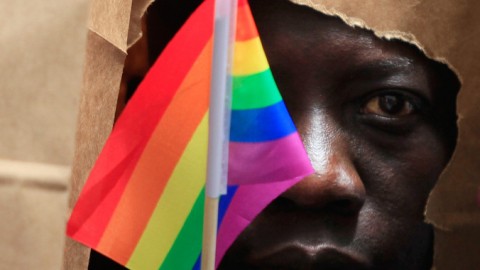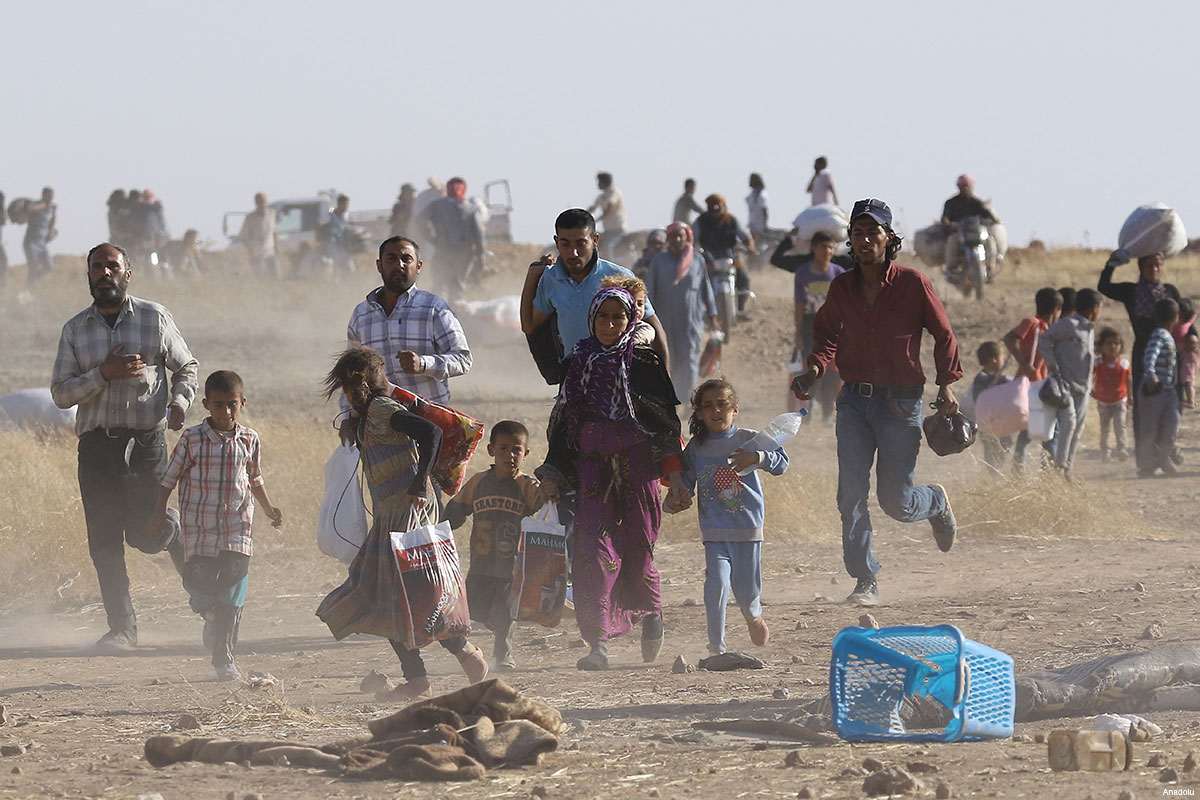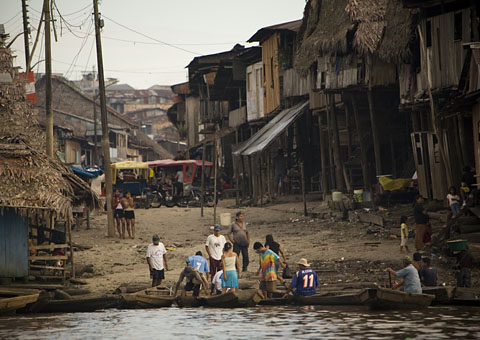#KeepingUpWithTheInterns
Hi All! I hope you’re all doing great and enjoying the last bit of summer! This week I am going to talk about a subject around which there are a lot of misconceptions. I am going to be explaining the difference between an asylum-seeker, a refugee and a migrant.
The terms ‘asylum-seeker’, ‘refugee’,and ‘migrant’ are used to describe people who are moving: who have left their country of origin and have crossed borders. The terms ‘migrant’ and ‘refugee’ are often used similarly, but it is important to distinguish between them as there is a legal difference.

Jessica Rinaldi/Reuters.
Every day, a lot of people from around the world make the difficult decision to leave their countries in search of safety and/or better lives. According to statistics issued by UNHCR on 18 June 2020,
At least 79.5 million people around the world have been forced to flee their homes. Among them are nearly 26 million refugees, around half of whom are under the age of 18.
UNHCR
Let’s start understanding what each term means and I will try to explain it better by using three different stories. The stories are true stories of the clients supported by the lawyers aditus foundation. The real names of the clients have been changed.
Asylum-Seeker
Fatima is a 34 year-old lesbian from Kano, Nigeria. In 2014 Nigerian President signed the Same-Sex Prohibition Act into law making same-sex marriage and relationships unlawful, with penalties of up to 14 years in prison. It is unsafe for someone like Fatima to live in Nigeria. She decides to leave in order to seek protection from persecution and serious human rights violations. When Fatima arrives in Malta, she is yet legally recognized as a refugee. She first has to apply for protection and wait to receive a decision on her asylum claim. This makes her an asylum-seeker.
Seeking asylum is a human right. This means everyone should be allowed to enter another country to seek asylum. The authority responsible for registering asylum applications in Malta is the Office of the International Protection Agency (IPA).
Refugee
Iman is from Damascus, Syria. He was 12 years old when his family had to flee the Syrian conflict, since this has put the family at risk. They had no other choice than to flee and to leave their country. The ongoing conflict in Syria may put Iman and his family at risk if they return, or they might be at risk of persecution because of their nationality, race or sexual orientation. It could be also because they associate themselves with a religion, a social group, or a political opinion. Had they no fled, they could have ended up jailed, physically and/or mentally harmed.
He then arrived in Malta after a long journey. He lost his Mother and baby brother along the way. Most of the refugees on the boat did not have any documents. Later on, with the help of various NGOs he went through the process of applying for asylum and was recognised as a refugee.
What makes Iman a refugee?
Well, to start off he is no longer in his country and has crossed at least one border. He had to do this in order to escape war and persecution. Refugee status is granted to asylum-seekers who are recognised as refugees as according to the definition specified in international law.
According to the Refugees Act (Chapter 420 of the Laws of Malta), refugee status “means the recognition of a third country national or stateless person as a refugee”. Also according to the 1951 Geneva Convention a refugee is a person who, “owing to well founded fear of being persecuted for reasons of race, religion, nationality, membership of a particular social group or political opinion, is outside the country of his nationality and is unable or, owing to such fear, is unwilling to avail himself of the protection of that country; or who, not having a nationality and being outside the country of his former habitual residence as a result of such events, is unable or, owing to such fear, is unwilling to return to it.”
After someone is recognised as a refugee, they are given international protection and they are given the right to stay in the country.
Fortunately, many countries have laws to protect refugees. Refugees may not be sent back to their countries, if this puts their lives at risk. Malta has a legal obligation to receive asylum requests and protect refugees.
Migrant
Aarya is 24 years old, from Iquitos, Peru. She always dreamed of becoming a primary school teacher. But in Iquitos, a large segment of the population remains below poverty level. This is why Aarya was not able to continue her education. When Aarya was 20 years old, she decided to leave Peru to search for a better living and to realise her wish of becoming a teacher.
This is what makes Aarya a migrant. Migrants may not face immediate danger if they return to their home countries, but they often have valid reasons to leave. Many people migrate because of poverty and food shortages. They might face other challenges, like natural disasters or environmental problems. Moving to another country gives some people the chance to improve their lives or better provide for their families. They do face similar challenges as refugees, but the legal situation of refugees and migrants is different. Refugee law usually does not apply to migrants. Migrants often go through a lengthy process to be able to migrate to a new country.
It is important to understand that, just because migrants do not flee oppression, they are still entitled to have all their human rights protected and respected. This is so regardless of the status they have in the country they moved to. All States are required to protect all migrants from racist and xenophobic violence, exploitation and forced labour. Migrants should never be arbitrarily detained or forced to return to their countries without a valid reason.
Conclusion
In conclusion, it is important to remember that asylum-seekers, refugees and migrants do share one important fundamental thing. They are all human beings and, as such, they all have human rights regardless of their origins or the reasons they move to another country. They must be treated with respect and dignity.
If you would like to inform yourself regarding any of the procedures that I mentioned above you can have a look at our Fact Sheets by clicking HERE. If you or anyone you know needs any legal assistance in issues regarding any procedures, you can always contact aditus foundation by sending an email.
I hope you found this week’s blog post interesting and that now you have a better understanding of the difference between an asylum-seeker, a refugee and a migrant.
We will talk next week, with another blog post.
Matthew xxx
#KeepingUpWithTheInterns is part of our project Marginalised Persons as Human Rights Volunteers. If you want to follow Matthew and Rimaz as they navigate their way through Malta’s human rights landscape, subscribe to our News & Updates or follow them on our social media pages!
This project has been funded through the Voluntary Organisations Project Scheme managed by the Malta Council for the Voluntary Sector on behalf of Parliamentary Secretary for Youth, Sports and Voluntary Organisations within the Ministry for Education and Employment. This project/publication reflects the views only of the author, and the MEDE and the MCVS cannot be held responsible for the content or any use which may be made of the information contained therein.





